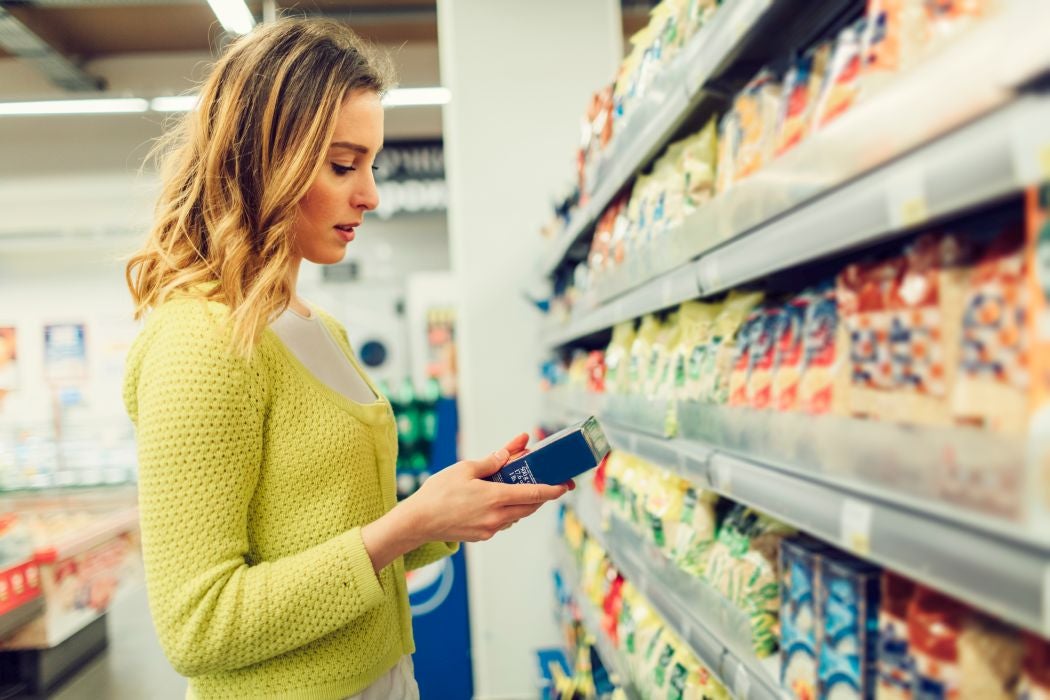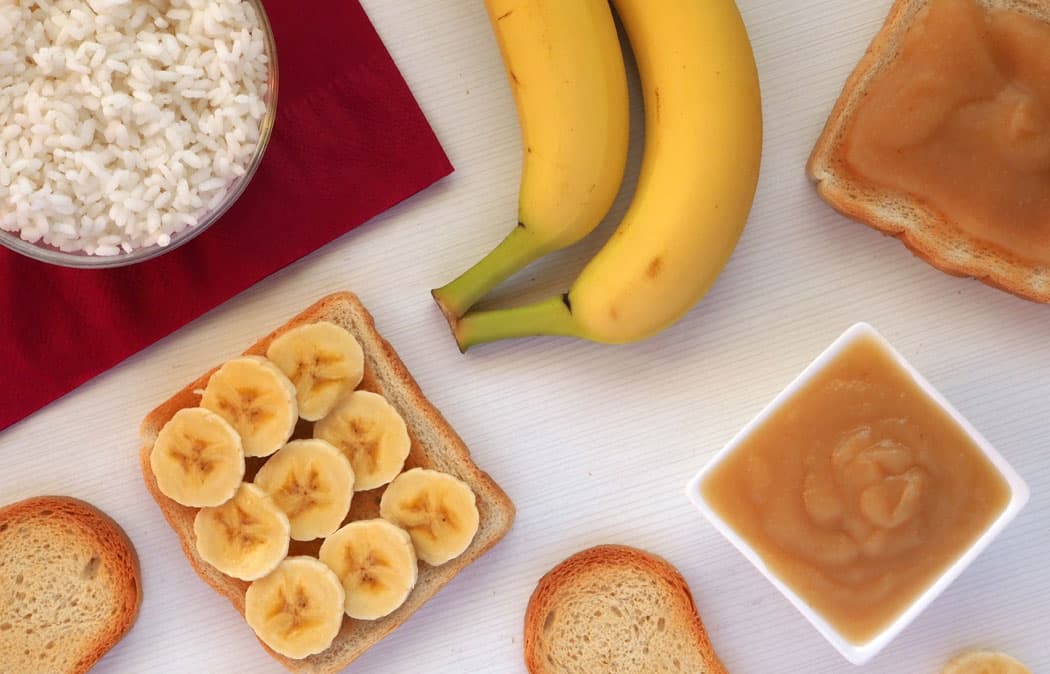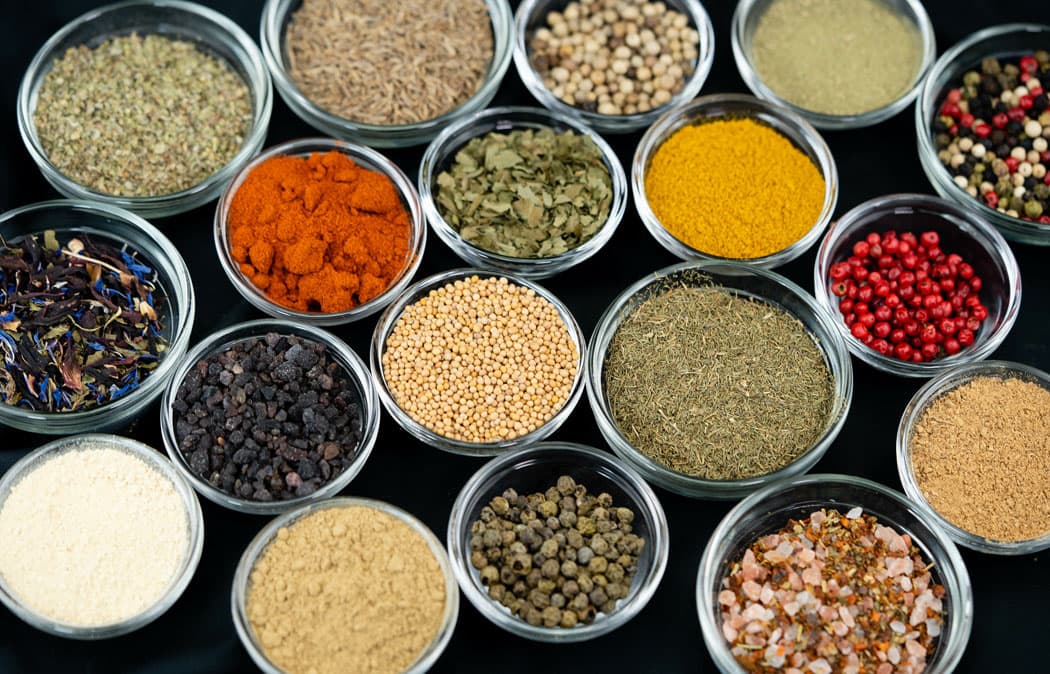What Does the Information on Nutrition Facts and Food Labels Mean?
Knowing what you're eating helps you make healthier choices.

A lot of people are not used to checking and/or don’t even know how to read the labels of the food they buy. Besides checking the expiration date, most just look at the number of calories because that’s a term often linked to weight gain.1,2
However, the labels have other information that may also be important for your health, so getting used to reading both the nutrition facts label and the ingredients list helps you to choose healthier options at each meal.
The information on the nutrition facts table
Serving size - This represents the average amount of the product that’s usually recommended to be consumed and is referred to in the nutritional information shown on the label.
%DV - Daily values’ percentage. Based on a standard diet of two thousand calories per day, the %DV represents the proportion of the recommended intake of energy and nutrients that a certain amount (e.g. 100 grams or the serving size) of this food provides.
Energy - shows the amount of energy the body will produce after consuming that serving size. This is usually measured in kilocalories (kcal) or kilojoules (kJ).3
Total Carbohydrate (Carbs.) - Represents the amount of this nutrient, responsible for providing energy to the body's cells, especially the brain. Carbohydrates are common in bread, pasta, flour, potatoes, rice and sweets.3,4
Protein - This nutrient helps forming and maintaining some tissues’ and organs’ cells. Meat, eggs, milk and vegetables are rich in protein.3,5
Total fat - Many people think that this is something inherently bad, but some types of fat help absorb vitamins A, D, E and K, which are necessary for numerous body functions. The value on the label shows the sum of animal and vegetable fat the product contains.3,4
Saturated fat - This type of fat is more common in food of animal origin, such as chicken skin, some kinds of meat, whole milk and a few derivatives, e.g., cheese and yogurt. Consuming large amounts of this type of fat can increase the risk of heart diseases, so it would be best to limit its intake.4
Trans fat - Much more common in industrialized items. This is a vegetable fat that has gone through a process called hydrogenation and is used to improve texture or even increase shelf life. The human body cannot absorb nutrients from it, so consumption should be low.3,4
Sodium - The main component of cooking salt, sodium can be found both in savory and sweet food, as well as on carbonated beverages. Consuming large amounts may be dangerous for people who have high blood pressure.3,4,5
Other important information on food labels
- Ingredients: A list of everything that was used to make the product,
- Very often presented by decreasing order of quantity, i.e., the earlier an ingredient appears in the list the more of it was used. Reading the ingredients list is helpful to look for things that may cause allergy;4,5
- Batch: A production identification number. This information becomes important when a manufacturing problem is found and the batch needs to be collected or is recommended not to be consumed.4,5
References:
1 - Bendino NI, Popolim WD, Oliveira CR de A. Assessment of knowledge and problems of consumers shopping on conventional supermarkets regarding food labeling and nutritional information (“Avaliação do conhecimento e dificuldades de consumidores frequentadores de supermercado convencional em relação à rotulagem de alimentos e informação nutricional”). Available at: https://www3.unip.br/presencial/comunicacao/publicacoes/ics/edicoes/2012/03_jul-set/V30_n3_2012_p261a265.pdf. Access on: December/2019.
2 - Family budgets research - Table of nutritional composition of foods consumed in Brazil (“Pesquisa de orçamentos familiares – Tabela de composição nutricional dos alimentos consumidos no Brasil”). Available at: https://biblioteca.ibge.gov.br/visualizacao/livros/liv50002.pdf. Access on: December/2019.
3 - Consumer guidance manual - Education for healthy consumption (“Manual de orientação aos consumidores – Educação para o consumo saudável”). Available at: http://portal.anvisa.gov.br/documents/33916/396679/manual_consumidor.pdf/e31144d3-0207-4a37-9b3b-e4638d48934b. Access on: December/2019.
4 - Mandatory nutritional labelling (“Rotulagem nutricional obrigatória”). Available at: http://portal.anvisa.gov.br/documents/33916/389979/Rotulagem+Nutricional+Obrigat%C3%B3ria+Manual+de+Orienta%C3%A7%C3%A3o+%C3%A0s+Ind%C3%BAstrias+de+Alimentos/ae72b30a-07af-42e2-8b76-10ff96b64ca4. Access on: December/2019.
5 - Cavada G da S, Paiva FF, Helbig E, Borges LR. Nutritional labelling: do you know that (sic) are you eating? (“Rotulagem nutricional: você sabe o que está comendo?”) Available at: http://www.scielo.br/scielo.php?script=sci_arttext&pid=S1981-67232012000500015. Access on: December/2019.
Know more about the subject

What Does Cancer Nausea Feel Like? Causes, Remedies, and How to Cope
If you have recently received a cancer diagnosis or are undergoing cancer treatment, you may often feel nauseated or even vomit.

Managing taste changes during cancer treatment: what can you do?
Managing taste changes during cancer treatment can be challenging for both patients and caregivers.

When A Cancer Patient Stops Eating: Advice for Caregivers
While chemotherapy is a leading treatment for cancer, it can cause many difficult and often unpleasant side effects that often affect a person’s day-to-day life1. Loss of appetite and eating problems are common side effects that many people with cancer face, caused by both cancer and its treatment1.
A Guide To Cancer Diets: Battling Cancer With Nutrition
Eating a healthy, balanced diet helps give your body the nutrients, calories, and strength it requires to fight off diseases.

How Social Support Networks Can Help People with Cancer
The stronger the social support network’s connection is, the more significant is its help.1

How is the Nutritional Recovery of Cancer Patients Carried out?
Nutritional recovery aims to prevent and treat malnutrition, boost the immune system, speed up recovery after surgeries, reduce hospital length of stay and improve response to cancer treatment in general.1,2 Learn about the stages of nutritional recovery.



